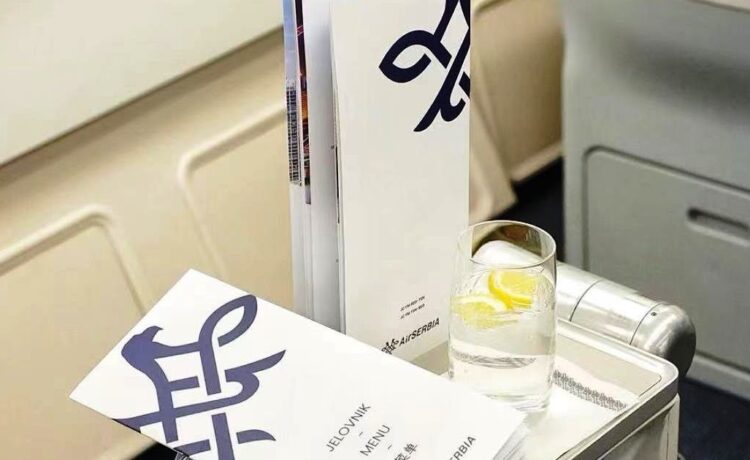Commenting on the inflight experience, Mr Marek said, “We would like to invest more into the onboard product. We are looking into introducing duty-free shopping, improving the quality of the current catering services, the buy-on-board offer, and looking into potentially retrofitting our cabins in the near future with more ergonomic and lighter-weight seats. We are also finalising our pilot project with Bluebox for onboard content streaming. Following a trial, we are looking into whether it makes sense introducing it or not and whether there is a good return on investment”. The airline also anticipates rolling out its new frequent flyer program by the end of the year, ending its use of the Etihad Guest scheme. The new frequent flyer program will not be based on miles, but rather on the spend. It will include co-branded credit cards allowing the public to collect points in their daily lives, by buying groceries, gas, going to the cinema, as well as other activities, and enabling them to later use these points for flights and vice versa.
Air Serbia is also targeting cabin commonality across its fleet, as many of its aircraft currently feature different cabins from previous operators, including on the ATR72s, Airbus A320-family and the A330-200s. Recently, the airline retrofitted one of its A320 aircraft, formerly operated by Vistara, which boasted a separate and dedicated business class cabin with two-by-two seating and a smaller capacity economy cabin. The jet has now been standardised. The development will see each aircraft have the same number of seats within their respective type – 72 on ATR72s, 144 on A319s and 180 on A320s.


















